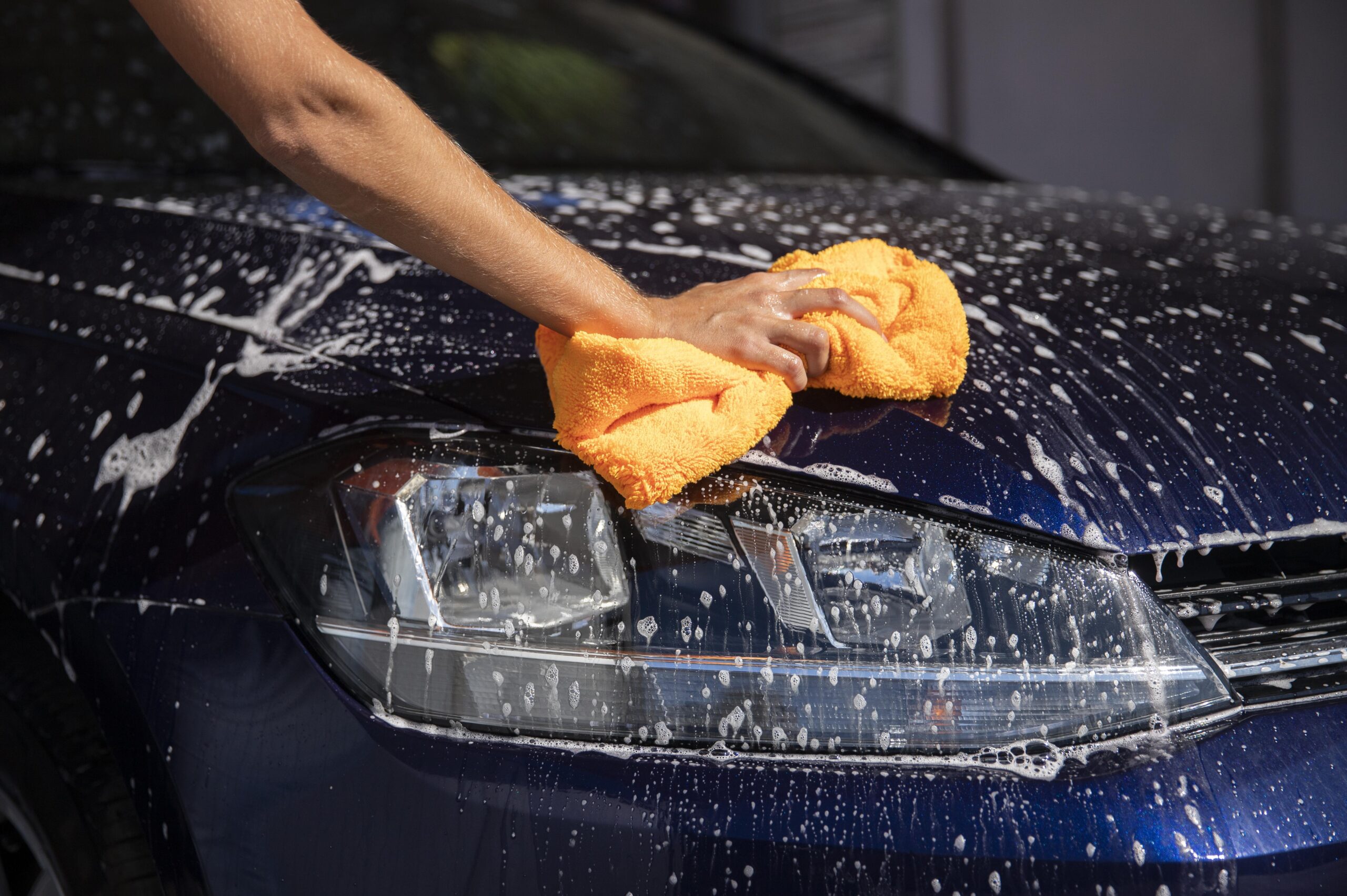Do You Need a MIPS Helmet for Your E-Scooter? Understanding Rotational Impact
As e-scooters gain popularity, safety has become a pressing concern for riders. One of the most critical aspects of riding safely is wearing a helmet. With various helmet technologies available, you may have encountered MIPS helmets, which are designed to provide additional protection against rotational impacts. But do you really need a MIPS helmet for your e-scooter rides? In this blog, we will explore the importance of e scooter helmets, the mechanics of rotational impacts, and whether investing in a MIPS helmet is worth it for e-scooter riders.
The Importance of Wearing a Helmet
Wearing a helmet is one of the simplest and most effective ways to protect yourself while riding an e-scooter. Helmets help reduce the risk of head injuries during accidents, which can range from minor concussions to severe traumatic brain injuries. Here’s why wearing a helmet is essential:
1. Injury Prevention
Statistics show that wearing a helmet can significantly reduce the risk of head injuries in the event of a fall or crash. While no helmet can guarantee complete protection, a well-fitted helmet can absorb impact forces and distribute them across the helmet’s surface, reducing the severity of injuries.
2. Legal Requirements
In many areas, wearing a helmet while riding an e-scooter is not just a recommendation; it’s a legal requirement. Failing to wear a helmet can result in fines and penalties, adding another layer of motivation to ensure you’re protected.
3. Setting an Example
Wearing a helmet sets a positive example for others, particularly younger riders. Promoting a culture of safety encourages everyone to prioritize protective gear, making the riding community safer overall.
Understanding Rotational Impact
To appreciate the benefits of a MIPS helmet, it’s essential to understand what rotational impact is and how it differs from linear impact.
1. Linear Impact
Linear impacts occur when a force is applied in a straight line. For example, if you fall and hit your head directly against the ground, that’s a linear impact. Traditional helmets are designed to absorb this type of impact through foam padding that compresses upon impact.
2. Rotational Impact
Rotational impacts happen when the head rotates upon impact. This can occur if the helmet contacts a surface at an angle, causing the head to twist. Traditional helmets may not effectively manage these types of forces, leading to potential brain injuries such as concussions or more severe trauma.
3. The Need for Advanced Protection
Because rotational impacts can lead to serious injuries, the need for advanced helmet technology has become increasingly evident. This is where MIPS helmets come into play.
What is MIPS?
MIPS stands for Multi-directional Impact Protection System. It is a technology designed to reduce rotational forces that can occur during an angled impact. Here’s how it works:
1. The MIPS System
MIPS helmets feature a low-friction layer that sits between the outer shell and the inner foam padding. This layer allows the helmet to rotate slightly upon impact, reducing the rotational forces transferred to the brain. By absorbing and redirecting these forces, MIPS helmets aim to minimize the risk of brain injuries.
2. Research and Development
The MIPS technology was developed by a team of neurosurgeons and scientists who aimed to enhance helmet safety. Research has shown that helmets equipped with MIPS can significantly reduce the risk of rotational injuries compared to traditional helmets.
Should You Get a MIPS Helmet for Your E-Scooter?
Now that you understand the benefits of MIPS technology, the question remains: should you invest in a MIPS helmet for your e-scooter rides? Here are several factors to consider:
1. Riding Environment
Consider the environments in which you typically ride. If you often navigate busy urban streets or uneven terrain, the likelihood of falls and collisions increases. In these scenarios, having a MIPS helmet can offer additional peace of mind.
2. Speed and Riding Style
The speed at which you ride also matters. If you tend to ride at higher speeds, the risk of severe impacts increases. A MIPS helmet could provide the extra layer of protection you need for those faster rides.
3. Personal Safety Concerns
If you’re someone who prioritizes safety and is concerned about the potential for head injuries, investing in a MIPS helmet may be worth it. The added protection could help alleviate some of your worries while riding.
4. Budget Considerations
MIPS helmets are typically more expensive than standard helmets. Consider your budget and whether the added protection justifies the cost for you. While MIPS helmets offer advanced safety features, a well-fitted traditional helmet still provides significant protection.
Choosing the Right Helmet
If you decide that a MIPS helmet is right for you, here are some tips for selecting the best one:
1. Fit and Comfort
A helmet must fit properly to be effective. It should sit snugly on your head without being too tight. Look for adjustable straps and sizing options to ensure a comfortable fit. Many brands offer different shapes to accommodate various head sizes.
2. Safety Certifications
Check for safety certifications on the helmet, such as CPSC, EN 1078, or ASTM. These certifications indicate that the helmet has undergone rigorous testing to meet safety standards.
3. Ventilation
Good ventilation is essential for comfort, especially during hot weather. Look for helmets with multiple vents that allow airflow while still providing protection.
4. Weight
A lightweight helmet is more comfortable for longer rides. Consider the weight of the helmet when making your selection, as a heavier helmet can lead to discomfort over time.
5. Style and Visibility
Choose a helmet that reflects your personal style, but don’t overlook visibility. Bright colors and reflective materials can enhance your visibility to others on the road, which is especially important while riding an e-scooter.
Maintenance and Care for Your Helmet
To ensure your helmet remains effective, proper care and maintenance are essential:
1. Regular Inspections
Inspect your helmet regularly for signs of wear and tear. Look for cracks, dents, or any damage to the outer shell. If you notice any issues, consider replacing the helmet.
2. Cleaning
Follow the manufacturer’s instructions for cleaning your helmet. Most helmets can be wiped down with mild soap and water. Avoid using harsh chemicals that could damage the materials.
3. Storage
Store your helmet in a cool, dry place away from direct sunlight. Avoid leaving it in your vehicle, as extreme temperatures can compromise the helmet’s integrity.
Conclusion
As the popularity of e-scooters continues to grow, ensuring rider safety must remain a top priority. Wearing a helmet is a crucial step in protecting yourself while enjoying the freedom of riding. Understanding the benefits of MIPS technology can help you make informed decisions about your head protection.
While a MIPS helmet may not be necessary for every rider, those who navigate busy roads, ride at higher speeds, or prioritize safety may find it a worthwhile investment. Ultimately, the choice of helmet should reflect your riding style, comfort, and safety preferences.
So, as you gear up for your next e-scooter adventure, take the time to choose a helmet that not only meets safety standards but also provides the peace of mind you need to enjoy the ride. Pair it with a reliable electric scooter jacket to enhance your protection and comfort on the road. Your safety is invaluable, and investing in the right gear is a step toward ensuring a safer and more enjoyable riding experience.













